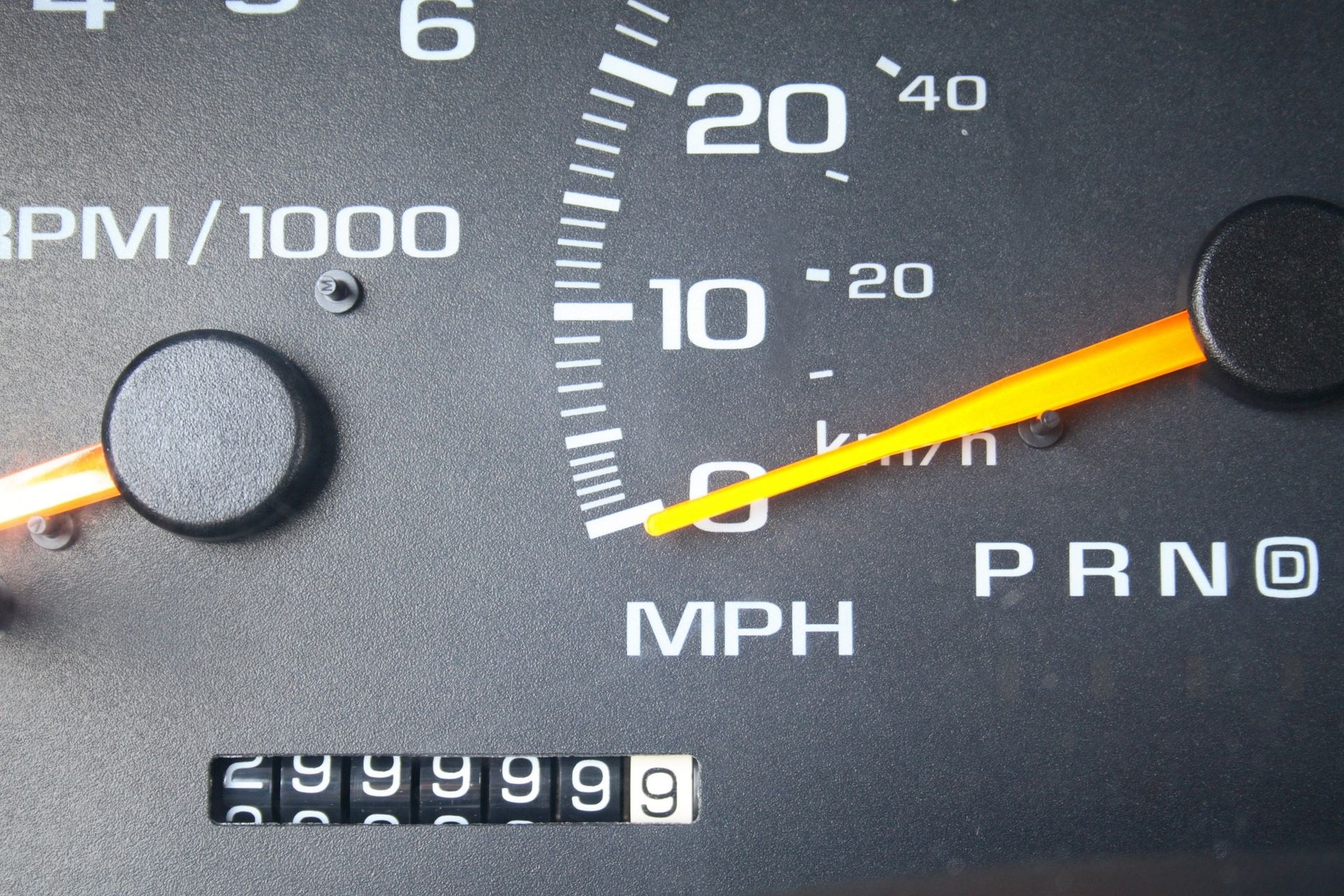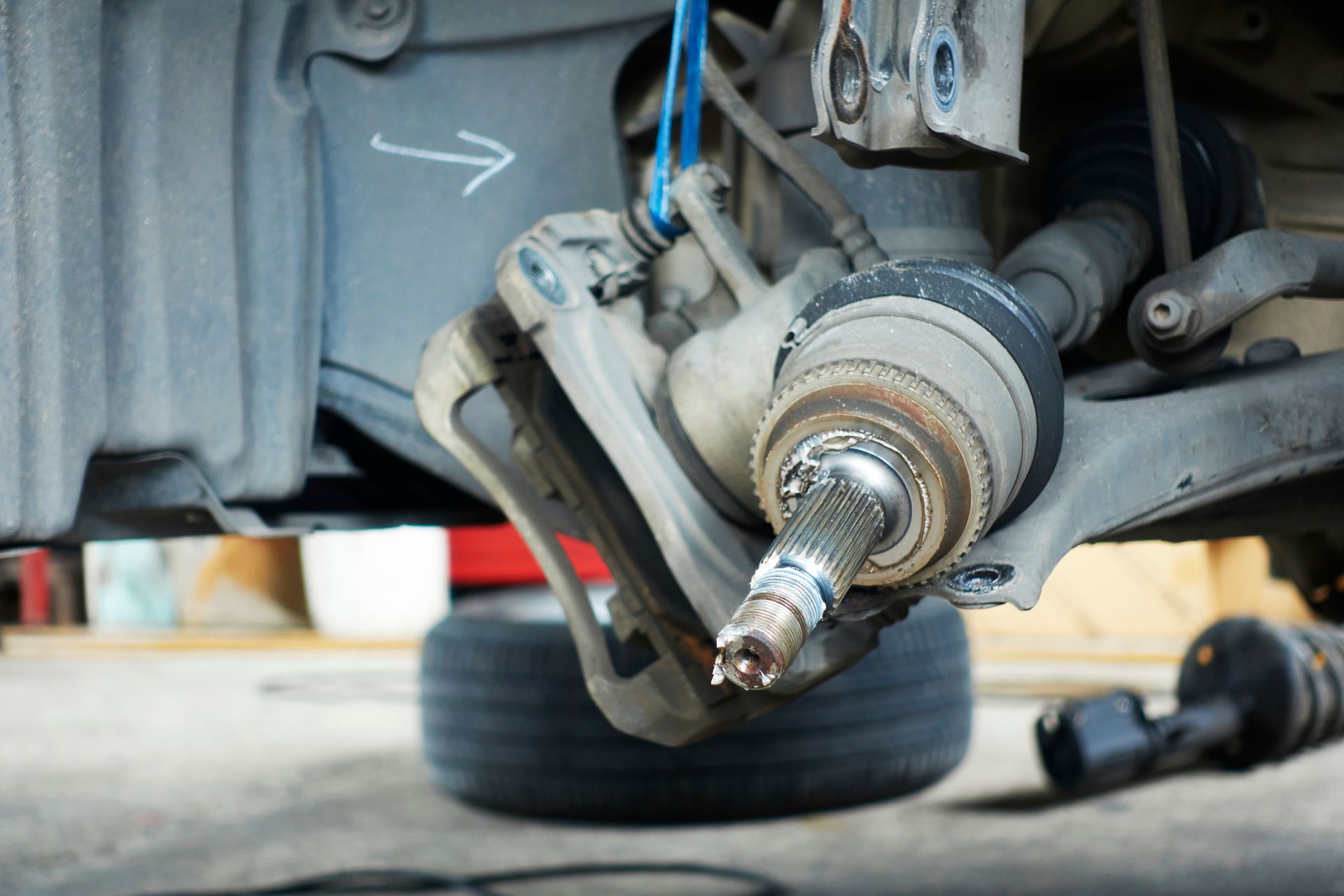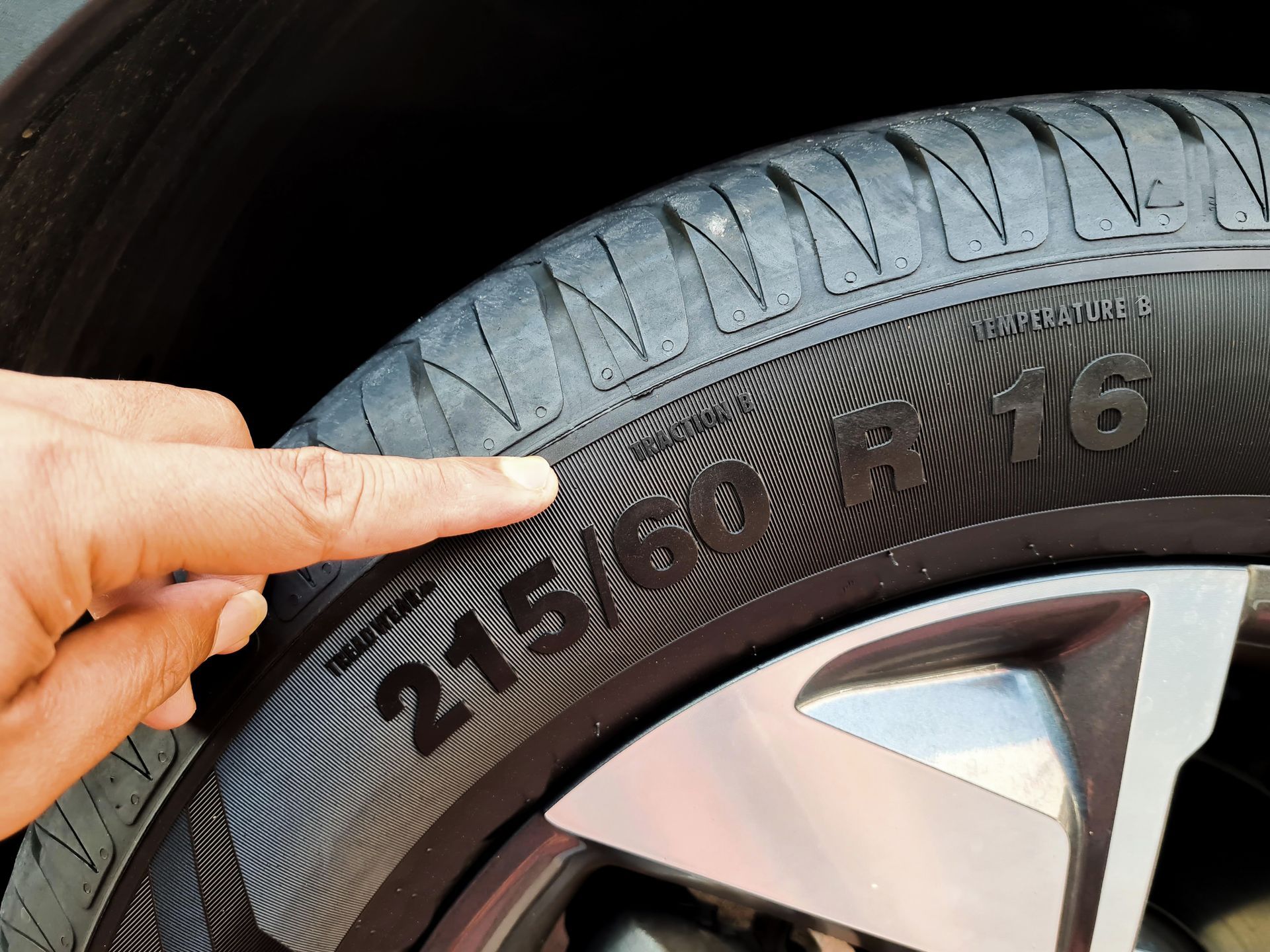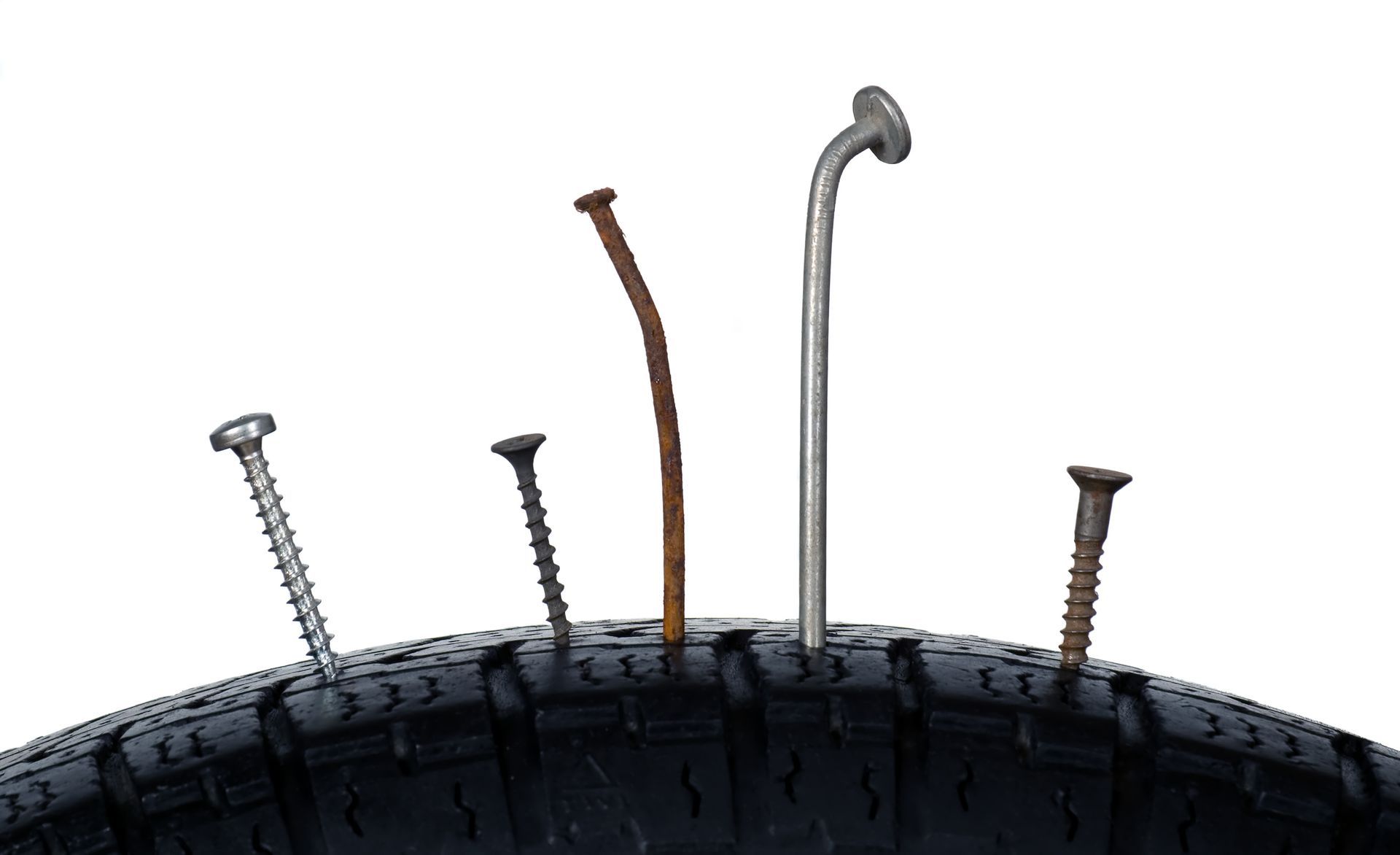Few car problems cause as much dread as a blown head gasket. It’s a major engine issue that can lead to expensive repairs and even engine replacement if left unchecked. Overheating is one of the most common triggers for head gasket failure, and catching the problem early can make a big difference. But how do you know if your overheating engine has caused a blown head gasket? Understanding the symptoms and what to look for can help you act quickly and avoid more serious damage.
What Does a Head Gasket Do
The head gasket is a critical seal that sits between the engine block and cylinder head. Its main job is to contain the combustion process and keep coolant and engine oil from mixing.
A healthy head gasket enables the engine to maintain compression while preventing leaks of coolant or oil. When it fails, these fluids can mix, and combustion gases can escape, leading to a range of serious problems.
Why Overheating Can Cause a Blown Head Gasket
An overheating engine expands metal components beyond their intended limits. When this happens, the head gasket can no longer maintain its seal.
Repeated or severe overheating events increase the risk of the gasket warping or cracking, allowing fluids to pass into places they shouldn’t.
Common Signs of a Blown Head Gasket
White Exhaust Smoke
One of the most noticeable signs is thick white smoke coming from your exhaust pipe. This happens when coolant leaks into the combustion chamber and burns off as steam.
If you see white smoke that doesn’t disappear quickly, especially on a warm engine, it’s a strong indication of a head gasket problem.
Milky Oil
When coolant mixes with engine oil, it creates a milky, frothy substance that often appears under the oil cap or on the dipstick.
This contamination reduces the oil’s ability to lubricate and protect the engine, leading to rapid wear and possible engine failure.
Overheating Continues
If your car continues to overheat even after adding coolant or fixing obvious leaks, a blown head gasket could be the cause. Once the gasket fails, it often disrupts the cooling system, preventing it from maintaining proper engine temperature.
Bubbles in the Radiator
With the engine running and the radiator cap removed (only when cool!), you may notice continuous bubbles in the coolant. This suggests combustion gases are leaking into the cooling system.
Loss of Coolant with No Visible Leak
If your coolant levels keep dropping but you don’t see an external leak, it might be entering the combustion chamber or mixing with the oil due to a failed gasket.
Immediate Action Is a Must
Driving with a blown head gasket can cause severe engine damage. The mixture of coolant and oil reduces lubrication, leading to overheating, warped engine components, or even complete engine failure.
The longer you drive with a failing gasket, the higher the repair costs can climb, sometimes making engine replacement the only viable option.
Diagnosis and Confirmation
While these symptoms strongly suggest a blown head gasket, proper diagnosis is crucial. Mechanics can perform a compression test or a chemical test to detect exhaust gases in the coolant, confirming the problem.
A cooling system pressure test can also reveal leaks not visible during a simple visual inspection.
Can a Blown Head Gasket Be Repaired
Yes, but the repair is often labor-intensive. The cylinder head usually needs to be removed, inspected for warping or cracks, and resurfaced or replaced if damaged. A new gasket is then installed with precise torque settings to ensure a proper seal.
Because of the complexity, this repair should always be done by experienced professionals to ensure a lasting fix.
Keep Your Engine Healthy with Bargain Tires in Jacksonville, FL
At Bargain Tires in Jacksonville, FL, we understand how stressful and costly a blown head gasket can be. Our experienced technicians can accurately diagnose head gasket failures and guide you through your repair options clearly and honestly.
If your engine has overheated or you’re experiencing symptoms such as white smoke, milky oil, or frequent coolant loss, don’t wait. Schedule a diagnostic inspection today to catch problems early and protect your engine from further damage.










